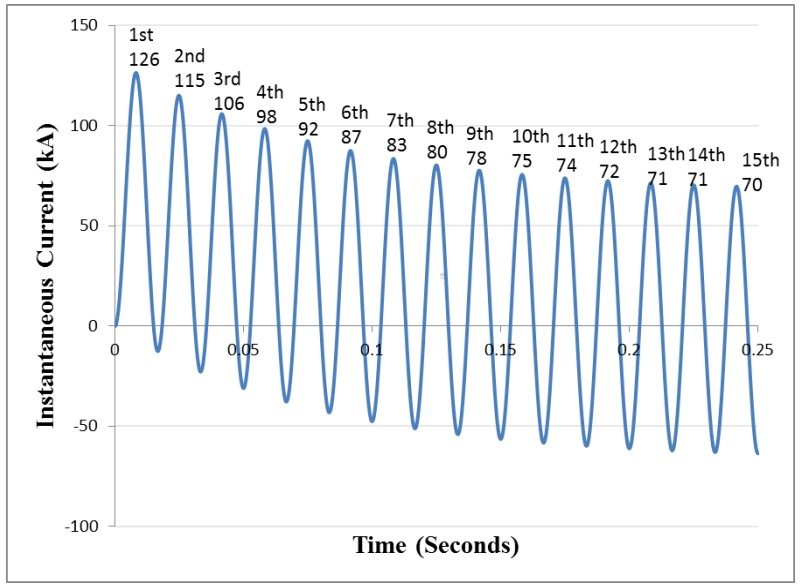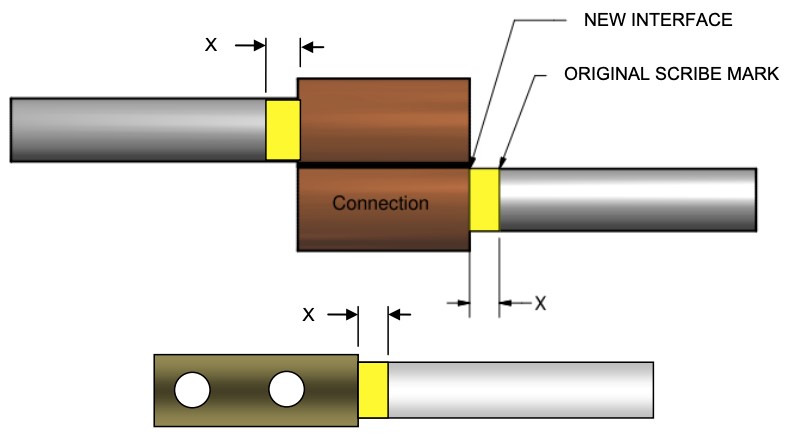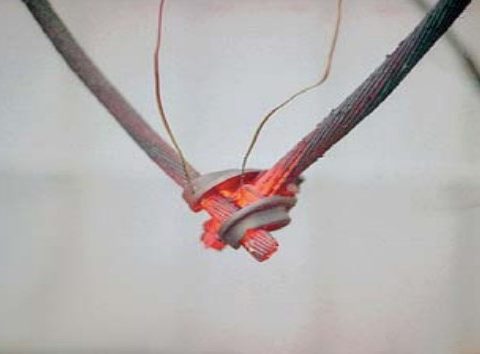When electrical professionals install grounding systems, they need to have confidence that the design and installation will assure protection reliably for the expected life of the system. Grounding connections are the most susceptible link in the grounding system to corrosion since they are buried in soil.
To confirm reliability of permanent grounding connections, IEEE 837 is the most rigorous and highly regarded grounding connection testing standard in the world. Specifically developed for substation grounding, this standard is considered state of the art for all who are concerned about safety and reliability of grounding.
The Institute of Electrical and Electronics Engineers, Inc. (IEEE) is the world’s largest technical professional organization, and it boasts nearly 1,300 standards that are under development or in use.
In this post, we seek to answer this question: How can engineers, owners, and installers ensure that permanent grounding connections meet Standard IEEE 837 and will remain dependable throughout the grounding system’s life?
What Is IEEE 837?
Last updated in 2014, IEEE 837 is the “Standard for Qualifying Permanent Connections Used in Substation Grounding.” As the name states, it provides direction and methods for qualifying permanent connections used for substation grounding.
The Standard IEEE 837 is one of the most difficult standards to pass for grounding connections. Traditional mechanical connectors have been found both within these tests, and by customers in real world, to fail or deteriorate significantly when subjected to faults and corrosive environments. As discussed in our previous post, exothermic connections create a molecular bond between grounding conductors to form a single, solid connection, that are less susceptible to corrosion than mechanical grounding connections over the life of a grounding system
In particular, Standard IEEE 837 addresses:
- Connections used within the grid system.
- Connections used to join ground leads to the grid system.
- Connection used to join the ground leads to equipment and structures.
The standard applies to testing connections joining copper, steel, copper-bonded steel, copper-clad steel, galvanized steel and stainless steel.
The purpose of IEEE 837 is to:
- Assure users that connections will perform reliably over the lifetime of the installation.
- Test the connections for heat and mechanical forces using an Electromagnetic Force Test.
- Satisfy connection criteria outlined in IEEE Standard 80, the Guide for Safety in AC Substation Grounding.
This standard defines a repeatable test program that enables connection manufacturers to qualify their products as permanent grounding connections. Upon passing the test, users can be confident that the qualified permanent grounding connection is capable of performing reliably over the lifetime of the installation.
IEEE 837 Test Overview
The tests are intended to ensure the reliability of grounding connections to withstand mechanical stress and heat, during the Electromagnetic Forces (EMF) Test and accelerated corrosion or sequential test.
What must be tested?
- Each style or family of connection. For example, crimped lug connections and lugs using bolted pressure plates to secure the cable are considered different styles. Therefore, both connectors are required to be tested to qualify the styles.
- A connector’s broadest combination range. When a connector design allows for a range of conductors, each of the tests must be performed on the “largest to largest” combination as well as the “largest to smallest” combination.
- Individually and sequentially. Each style, combination and sample must be tested separately to ensure a fair and uninfluenced test.
- Connectors with all relevant materials. For example, if a connector can be used on copper and copper-bonded steel, then it must be tested with both conductor types.
Each of these requirements makes the test more rigorous, and thus more reliable in its field applications. Third party test labs are required for these tests to avoid potential conflicts of interest inherent in self-certification (or place this somewhere else).
Two categories of tests must be performed to assess the connection: mechanical tests and sequential tests.
Mechanical Tests
The mechanical test, or electromagnetic force (EMF) test, is conducted to determine if electromagnetic forces would damage the connection during a fault.
During the test, four samples (each tested separately) are subjected to two 15 cycles of a severe current.

Sample Waveform for 4/0 AWG Conductor
The pass/fail criterion is based on the movement of the conductor. The connector must not fail– overheat, or allow cable slippage – and shall not exceed either 10 mm of slippage or the outer diameter of the conductor, whichever is less. The edge of the connection is marked prior to the testing, then measured to the connector following the tests.

Movement Illustration
Sequential Tests
These tests, performed in sequence on the same samples, monitor accelerated corrosion, the connection’s reliability and performance. There are four sequential tests as part of IEEE 837.
Current-temperature cycling. When fluctuating currents cause temperature changes, does the connection continue to conform to resistance criteria?
Freeze-thaw test. When subjected to repeated cycles of freezing and thawing in water, is connection resistance maintained?
Corrosion tests. Two tests are designed to evaluate the corrosion resistance of the connections. The two tests:
- Salt spray (for above ground applications). Measures the corrosive effect of salt spray (i.e. sodium chloride) on the connections.
- Nitric acid (for direct burial applications). Measures the effects of acid attack, specifically nitric acid (HNO3), on connections.
Fault-current tests. Test to determine if connections subjected to the previous tests will withstand fault-current surges.
nVent ERICO Cadweld and IEEE 837
The original exothermic welding system, nVent ERICO Cadweld, consistently exceeds the IEEE 837-2014 test requirements as certified by independent labs. Furthermore, nVent ERICO participates in these industry standards development and is first to market with updated certifications to revised standards, in this case IEEE 837-2014. Download a copy of our IEEE 837-2014 Frequently Asked Questions that walks through the differences between the 2012 and 2014 editions of the standards in more detail.
To learn more about nVent ERICO Cadweld certifications, visit the Certifications page on Cadweld.com.
Learn More About Exothermically Welded Connections
The value of exothermic connections that meet IEEE 837 requirements is pretty clear. If you want to learn more about the specifying, installing or how to select the right Cadweld product and mold for your applications, click below to visit Cadweld.com.


